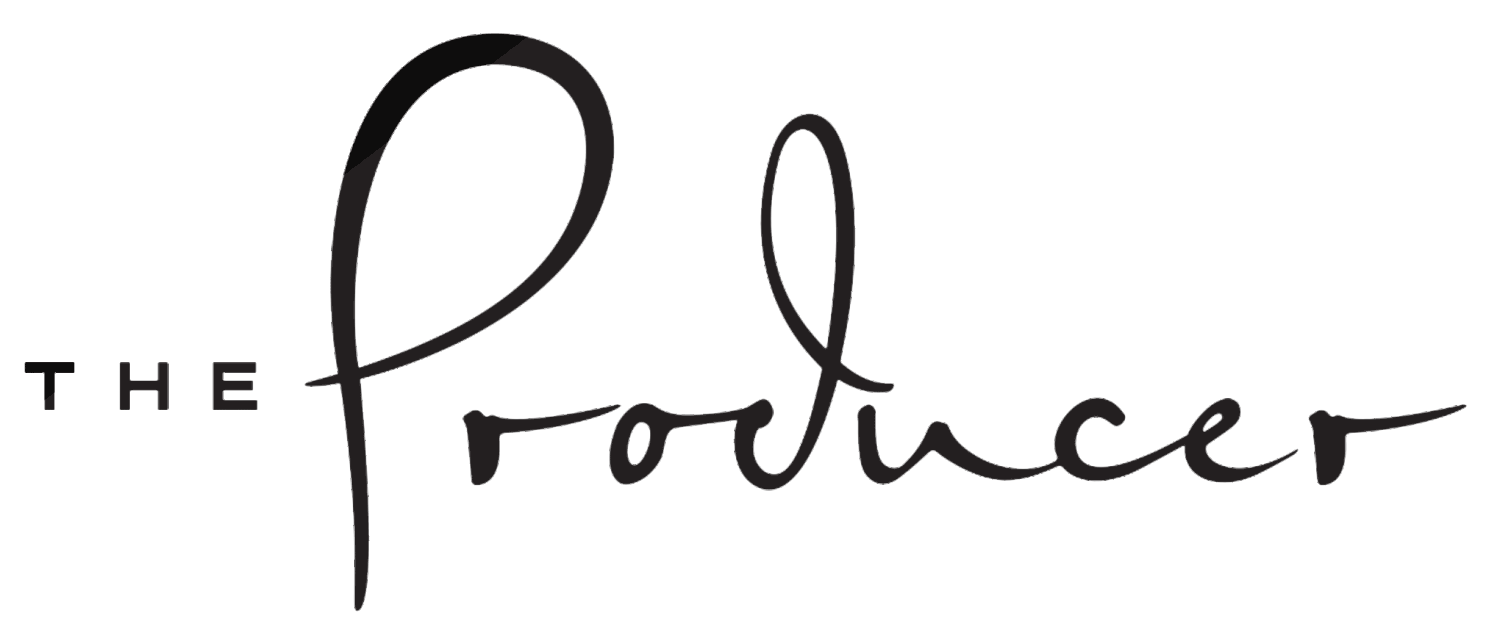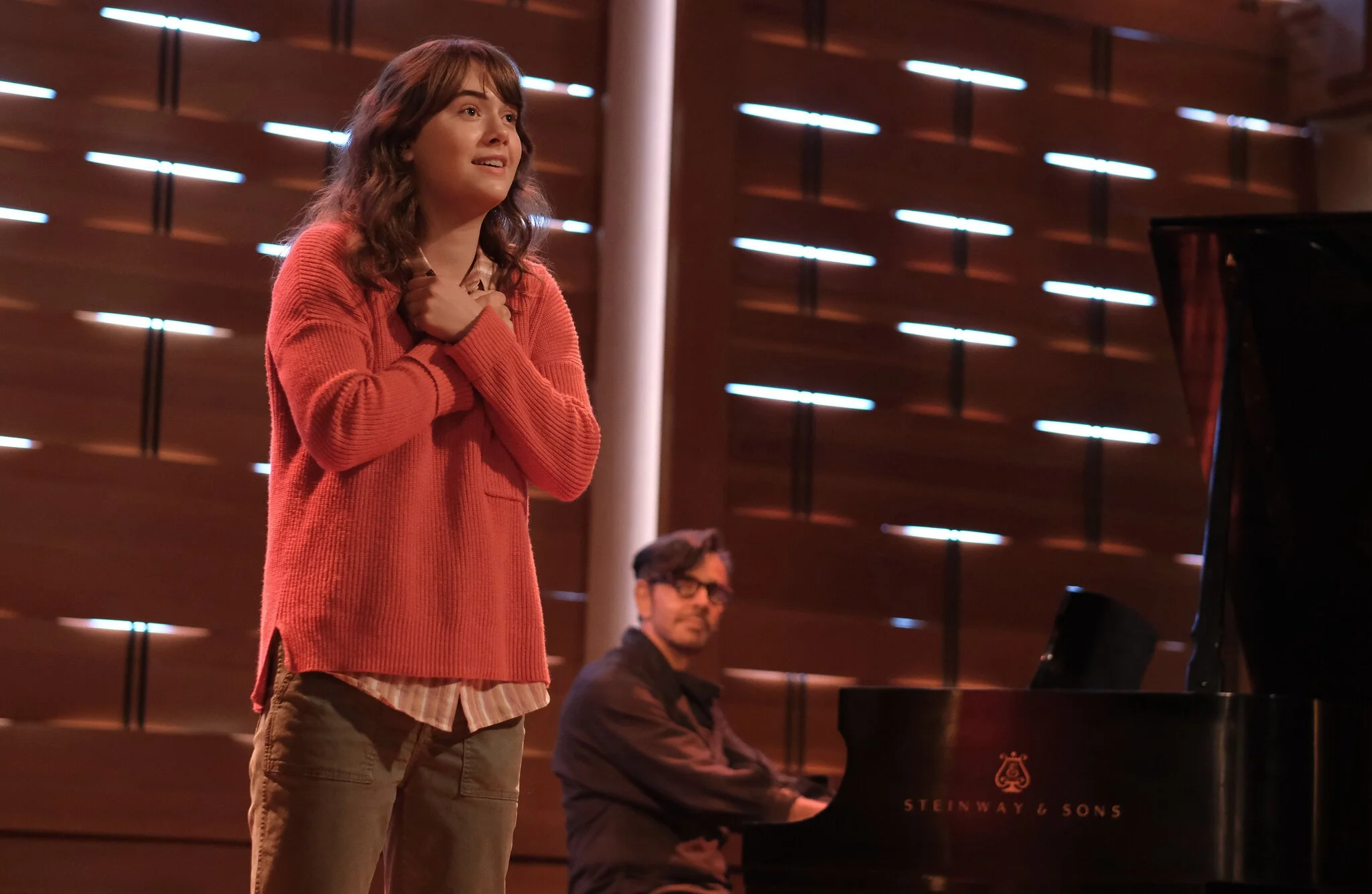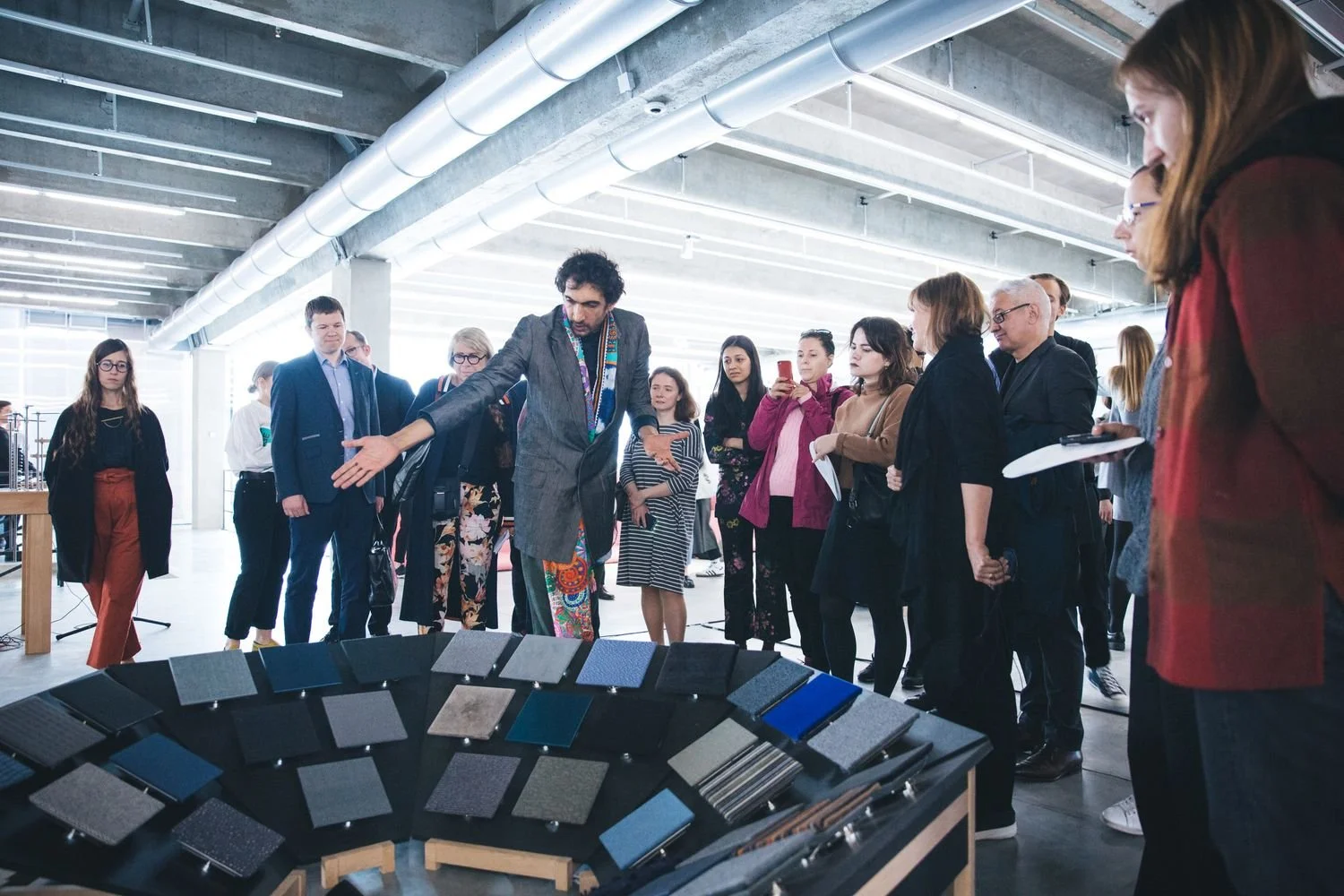Amplifying All Voices: Creating a More Inclusive Production Industry
/As the month of May marks Better Hearing & Speech Month, I find myself reflecting on the incredible diversity of talent in our creative community and the importance of ensuring everyone's voice—literally and figuratively—can be heard. Communication is the foundation of storytelling, and as creatives, we have a responsibility to make our industry accessible to all, including those with hearing and speech differences.
The Untapped Creative Potential
The production industry thrives on diverse perspectives, yet we often overlook the contributions of those with hearing and speech challenges. According to the U.S. Department of Health and Human Services, approximately 15% of American adults report some trouble hearing, and over 7.5 million people have difficulties using their voices.
These statistics represent countless potential collaborators, visionaries, and innovators who may be excluded from our creative spaces due to accessibility barriers. As someone passionate about supporting and discovering exceptional talent, I'm committed to changing this reality.
Unlocking New Dimensions of Storytelling
Working with differently-abled creatives has taught me that effective communication takes many forms. When we expand our understanding of how creative communication can happen, we unlock new dimensions of storytelling:
Visual storytelling techniques developed by filmmakers create fresh perspectives on composition and narrative accessibility.
Deaf director Jules Dameron (known for her work in sign-language cinema) creates films that leverage highly expressive visual composition, body language, and spatial storytelling to replace traditional dialogue. In her film "Reverse Polarity," the blocking of actors, the rhythm of their sign language, and camera positioning become essential storytelling tools—inviting hearing and Deaf audiences alike into a richer visual experience.
Filmmaker Teresa Garratty uses what she calls "visual vernacular"—a cinematic technique where visual composition replaces traditional exposition. In her short film "The Quiet Ones," she employs extreme close-ups of facial expressions and environmental details that convey emotional tone without relying on dialogue, creating a universal language that bridges Deaf and hearing viewers' experiences.
Deaf filmmaker Shoshannah Stern's work features innovative use of lighting and color as communicative devices. In her series "This Close," specific color palettes correspond to different emotional states of characters, creating a visual language that supplements dialogue and makes the storytelling more accessible and immersive for all viewers.
Director Remy Archer's approach to visual storytelling, demonstrated in their short film "Snake Oil," showcases how filmmakers can create compelling narratives without relying on traditional dialogue. The film's reliance on visual storytelling techniques—where meaning is conveyed through action, expression, and cinematography rather than verbal dialogue—creates an inherently inclusive viewing experience that can be appreciated by audiences regardless of hearing ability.
Alternative sound design approaches are expanding accessibility and immersion for all audiences.
Kaitlyn Aurelia Smith, a composer celebrated for her modular synthesizer work, explores layered textures and tactile frequencies over conventional dialogue or narrative cues. Her albums—including Let’s Turn It Into Sound—use ambient modulations and deep tones to craft immersive environments that can be physically felt as well as heard. While not explicitly designed for accessibility, her methods invite broader sensory engagement and suggest new possibilities for inclusive sound design.
Christine Sun Kim, a Deaf sound artist, redefines sound perception through what she calls “sound visualizations.” Instead of traditional audio cues, she translates sound patterns into visual motifs—such as kinetic movement, waveforms, or synchronized lighting—that communicate rhythm and tone. In both performance art and film collaborations, including experimental works like The Quiet Hour, she has used synchronized light pulses to mirror the intensity of a score, offering Deaf and hard-of-hearing audiences a parallel sensory narrative.
Audio engineer Darrin Wiener, known for his work in experimental music and immersive theater, has developed techniques in tactile sound design. His installations often incorporate sub-bass transducers embedded in platforms or flooring, allowing low-frequency vibrations to be felt by the audience. This physical resonance enables a visceral experience of tension and emotional shifts, expanding immersion for viewers regardless of hearing ability.
Lebanese sound artist Tarek Atoui’s Infinite Ear project similarly reimagines how sound is experienced. Collaborating with Deaf and hard-of-hearing communities, Atoui designs multisensory installations that transform sound into haptic and visual stimuli. His approach, involving tools like resonant tables and bone-conduction devices, offers new ways of engaging with audio content—methods now influencing experimental film and live performance environments.
Inclusive screenwriting that incorporates multiple modes of communication can lead to more authentic character development.
In the Oscar-winning film CODA (Child of Deaf Adults), screenwriter and director Siân Heder worked closely with the Deaf community to integrate American Sign Language (ASL) directly into the script. ASL was treated as essential character dialogue, with attention to pacing, visual humor, and emotional nuance—resulting in storytelling that resonated deeply with both Deaf and hearing audiences.
DJ Kurs, Artistic Director of Deaf West Theatre, advocates for scripts that account for the visual and spatial qualities of ASL. In productions like Our Town, he supports a bilingual approach where ASL and spoken English are presented simultaneously on stage, allowing both Deaf and hearing audience members to engage fully with the performance.
Actor and advocate Lauren Ridloff, known for her roles in The Walking Dead and Eternals, has been vocal about the need for authentic Deaf representation in film and TV. Her work underscores the value of developing scripts that support natural communication between signed and spoken languages—highlighting the emotional depth and realism this approach brings to character interactions.
Writer and filmmaker Ryan Knighton brings his perspective as a blind storyteller to the screenwriting process. In his screenplay Cockeyed, based on his memoir, Knighton incorporates communication and accessibility details into the narrative itself—demonstrating how inclusive writing can shape character experience and cinematic perspective.
Their successes aren't in spite of their differences but because their unique perspectives bring invaluable insights to their creative work.
An Invitation to Action
This Better Hearing & Speech Month, I'm challenging our creative community to move beyond awareness to concrete action. Here's how you can participate:
Audit your own creative process for accessibility barriers
Seek out and amplify the work of creators with hearing and speech differences
Invest in learning basic ASL, cued speech, tactile signing, speech-to-text apps, visual scene displays, or communication boards
Share resources for accessible production in the comments below
Connect with at least one organization from the resource section and explore collaboration opportunities
The beauty of inclusive creative spaces lies in the innovation they spark. Each unique perspective brings fresh ideas, unexpected approaches, and authentic dimensions to our collective work. I've found that the most captivating projects emerge when diverse communication styles converge—creating something none of us could have imagined alone.
With gratitude and creativity,
Annika





